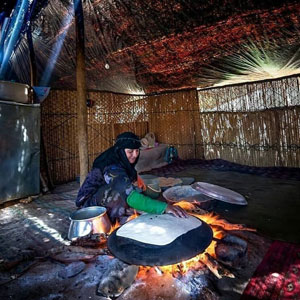 Signin with Google
Signin with Google Signin with Facebook
Signin with Facebook Culture
CultureWear Marivan Klash, Step into Nature
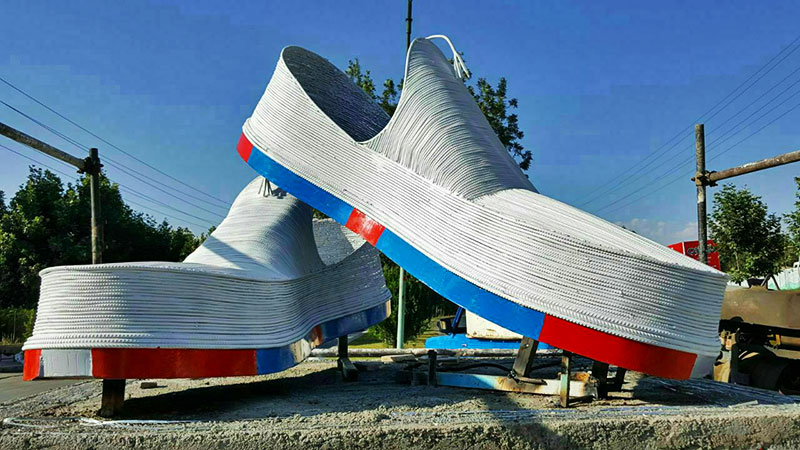
Located in the northwestern mountainous regions of Iranian Kurdistan, Marivan is one of the most famous tourist attractions in Iran for representing its eye-catching lakes and plains and remote mountain oak forests.
From Zaribar lake to Navtagh plain, towering mountains and valleys, this city has been the cradle of love, myth, and art for thousands of years of history. From ancient ceramics to smooth Klashes, here is Marivan.
Marivan, the World Craft City of Klash
Aside from the scenic beauty of nature, Marivan's handmade crafts and its exciting local markets include it on the bucket list of professional travellers. Marivan's craft arts have a functional basis which presents an exquisite example of sustainable production.
Marivan is the heartland of klash footwear, local shoes woven with natural materials from cotton yarn and fabric by rural women and men. The World Craft Council chose Marivan as the world craft city of Klash in 2016.

All klash parts, including cotton yarns, natural fabric, are processed and supplied in the local region. Marivan people still wear the hand-stitched traditional klashes omnipresently while manufactured shoes are available widely.
Klash is very similar to Giveh traditional shoes. Giveh belongs to a long time ago, and its name has come after Geev, the mythical hero in the Iranian epic book, Shahnameh, who made and wore these shoes. This footwear has different types that are made in other parts of Iran, and Klash is one of them with the same appearance and fabrication as giveh.
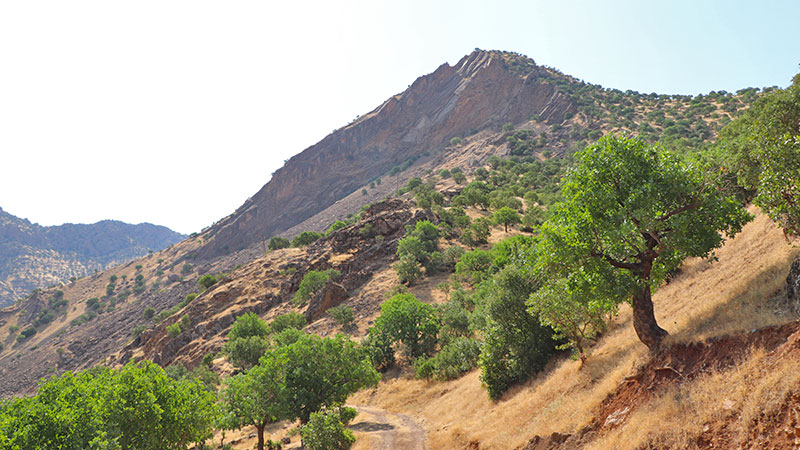
Stories say that Pir Shalyar, a legendary Zoroastrian priest of the Kurdish nation in Iran, wore this type of shoes. He was able to heal the king's daughter, and they got married to each other. According to his will, their wedding is celebrated for three days and nights, and his Klashes are exchanged among the natives in the ceremony.
The artisans of Marivan have upgraded the traditional design and structure of klash, collaborating with professional designers. Now, stylish klashes answer the ergonomic needs of youths too. There is also an improving appeal for these handicraft shoes in the international market and fashion world that allows making livelihood on crafting professions while preserving the ancient traditions and smoothing the way of sustainable development.
The interaction of humans and nature
These shoes are the result of human-nature interaction with each other. The Zagros Mountains, unlike Alborz, have a different texture. Shoes made in this area should be thick and durable, as well as soft and flexible.
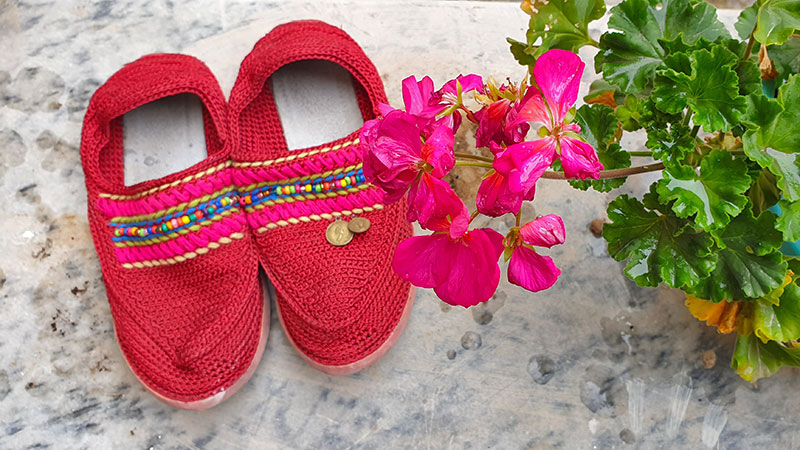
This Nobel footwear consists of two main layers, the upper and the sole, and is made with natural threads and fibres. The material of this shoe is a fabric that comes from cows and goatskin. The use of cowhide prevents bad odour and makes it very strong and durable. Due to the different layers that make up this shoe, it has been able to have mountaineering resistance, and at the same time, its flexibility allows it to move easily and quickly.
Klash has a two-phase process of production. The first stage is performed by mostly women in domestic workshops that interweave yarns for the upper part of the klash. The second phase which is on male artisans is a time-consuming process that contains compressing fabrics and stitching them.
There are some facts about Klash as well. For example, there are no chemicals and plastics in it, and this has made it a nature-friendly shoe. Also, there is no difference between right and left shoes, and one can wear either one for each foot.
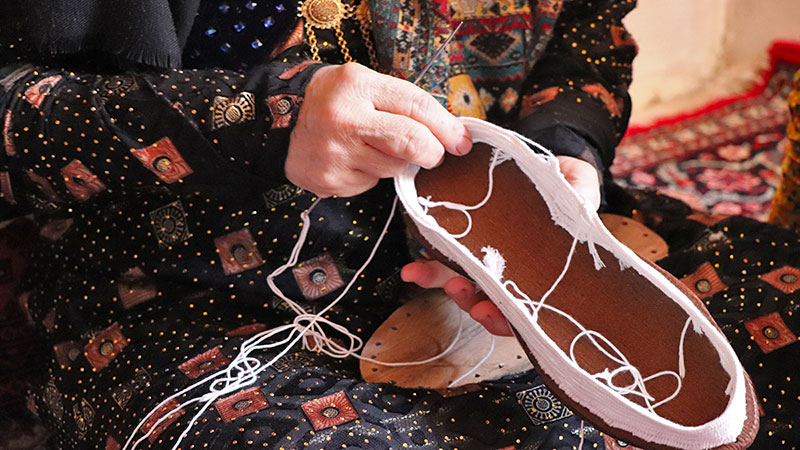
Glorious Marivan, a crossroad of culture and crafts art
Today, tourists encounter Klash Street upon entering Marivan, a street where there are about 50 klash shops and workshops. Nowadays there are more than 40 thousand Klash weavers in Marivan, women and men who dedicate their eyes and hands to keep the worthy handicraft of Marivan alive. Creativity and intact innovation, inspired by the beautiful natural resources surrounding the city, caused these Klash to apply for its global recognition.
Marivan has a lively atmosphere, with hospitable people who always welcome the guests with their smiles on their faces. It is worthy of visiting Marivan, and its admiring nature and giving the beautiful Klashes a try.
By Shamim Sherafat / TaseIran


